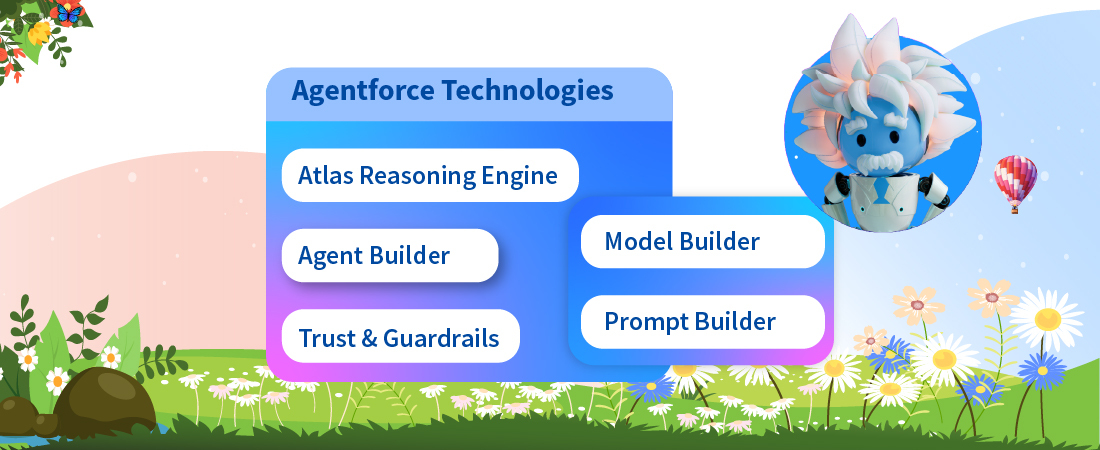Delegating Infrastructure Management
To the fond recollection of Ruby developers, Heroku Salesforce was where you’d turn to flesh out your first app deployments. It was the face of pre-optimized cloud services for those with resource strung teams.
Much has changed since then. Platform offerings now cater to larger communities and can handle much larger request volumes.
Heroku as a Paas
As a Paas, Heroku arrives at modern, scalable architectures quickly. It’s app-focused, and intends to bypass infrastructure considerations, endless optimizations for platform stacks and VMs with its multi-tenant architecture.
Essentially, it’s a Paas built on top of AWS which transparently handles maintenance and support aspects of the environment for you.
Moreover, apps in early stages with lower traffic can even deploy for free. Another well-received extension has been its Multi-Language Support and 3rd party buildpacks for other languages.
The purpose of all this, you ask?
To make deploying, configuring, scaling, tuning, and managing apps as simple and straightforward. And that starts with making developer experiences more welcoming.
Some of its most prominent Use Cases
- Usual stuff- Delegating upgrades, Patch Software, 24/7 ops
- Build-manage-deploy cycles at scale
- Quicker CI
- Accessing smart containers with managed runtime environments
- Production critical tasks: Configuration; Orchestration; Load balancing; Failovers; Logging; Security.
- Scaling simpler apps to serve billions in user requests
- Rapid app development by deploying initial MVPs
- Testing response on insider editions of your product with lower computational loads.
- Prototyping work at Start-ups and small businesses
Platform Offerings
Firstly, the platform’s suite of products boasts integrated data services, a thriving ecosystem around it, and app-centricity.
The high price for each node (or dyno as Heroku calls them) is upwards of $25, but that’s offset by the amount you’d otherwise spend hiring development teams for perennially optimizing the platform.
Developer Friendliness
Overall, developers can expect to find their most popular tools and workflows here. Besides, database developer tools cover things like database followers, forking, data clips, and automated health checks. Furthermore, they no longer need to optimize database performance.
Heroku also lets you tack add-ons, some of which let you monitor server log data to unearth performance issues.
Not Just For Garage Projects
Meanwhile, enterprise feature sets extend the developer work environments up to the enterprise-wide scales with broader control, tech support for enterprise use, and greater clarity on the application suite’s inner workings.
Drawn into comparisons with AWS
In all fairness, any parallels drawn here are very apples-and-oranges for taste. They both cater to different sets of requirements.
As a general principle, development teams only choose AWS when:
- They’re staffed for DevOps,
- They need more compute,
- Want direct access to resource provisioning, and
- Need to use familiar OS and architectures
Salesforce - The Parent Company
Now that the Salesforce Platform encompasses Heroku, it allows businesses to keep and leverage comprehensive CRM-based engagement for customers.
Back when the purchase went down for 212M, it captured a large community of Ruby developers. Straightaway, this increased market share, IP, and Cloud 2 talent enrichment in tandem. Also, it could mean more social Cloud 2 applications written for enterprise, as well as more CRM integrations.
Snugly integrated into Salesforce Heroku can synchronize Org data, letting companies engineer and spin novel apps that talk to both platforms when they need to.
It isn’t unusual for firms to look beyond architectures and enjoin the capacities of both Lightning Experience as well as Heroku. This undoubtedly opens up possibilities for niche apps communicating with data, specifically in one of Salesforce’s many diverse clouds and offerings.






